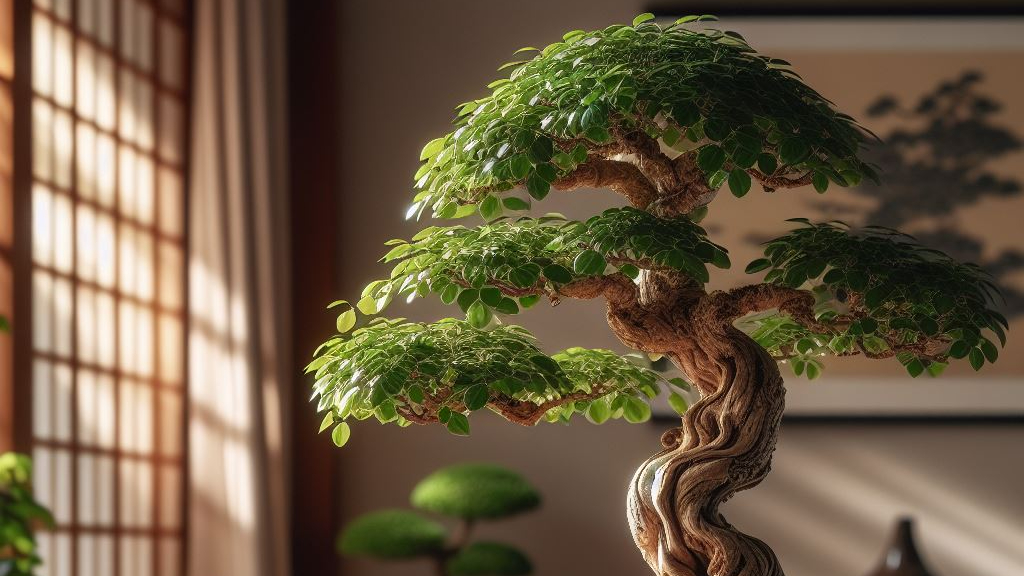Last updated on April 19th, 2024 at 08:40 am
Are you ready to discover the secrets of caring for an indoor bonsai tree? No need to search any longer. Growing the ideal indoor bonsai involves a special set of skills, different from regular gardening. In this complete guide, we’ll explore the art of caring for these tiny wonders in your home.
Bonsai trees, with their miniature charm, require a special touch. Whether you’re a seasoned enthusiast or a beginner in the world of bonsai, understanding the variations of indoor bonsai care is the key to a flourishing and visually stunning indoor garden.
Unlike typical houseplants, bonsai trees demand more than a casual green thumb. You can’t simply let them flourish unchecked. Achieving and maintaining their petite stature involves a delicate dance of precise potting, attentive watering, and strategic pruning. Each bonsai species comes with its own set of needs, making the task both challenging and rewarding.
Contents
- 1 8 Steps For Indoor Bonsai Care
- 1.1 1- Choosing the Perfect Pot
- 1.2 2- Selecting the Ideal Indoor Bonsai
- 1.3 3- Crafting the Perfect Soil Mix
- 1.4 4- Light Requirement For the indoor bonsai care
- 1.5 5- Watering Your Indoor Bonsai
- 1.6 6- Feeding Your Indoor Bonsai
- 1.7 7- Repotting For the Indoor Bonsai Care
- 1.8 8- Pruning For the Indoor Bonsai Care
- 2 FAQs
- 2.1 1. Why is choosing the right pot essential for indoor bonsai care?
- 2.2 2. What are some recommended indoor bonsai species for beginners?
- 2.3 3. How important is the soil mix for indoor bonsai care?
- 2.4 4. Why is light crucial for indoor bonsai care, and how can it be provided?
- 2.5 5. How should watering be approached for indoor bonsai?
- 2.6 6. What is the significance of fertilizing indoor bonsai, and how should it be done?
- 2.7 7. Why is repotting necessary for indoor bonsai care?
- 2.8 8. How does pruning contribute to indoor bonsai care?
- 2.9 9. Why is caring for a bonsai tree indoors different from other houseplants?
- 3 Author
8 Steps For Indoor Bonsai Care
1- Choosing the Perfect Pot
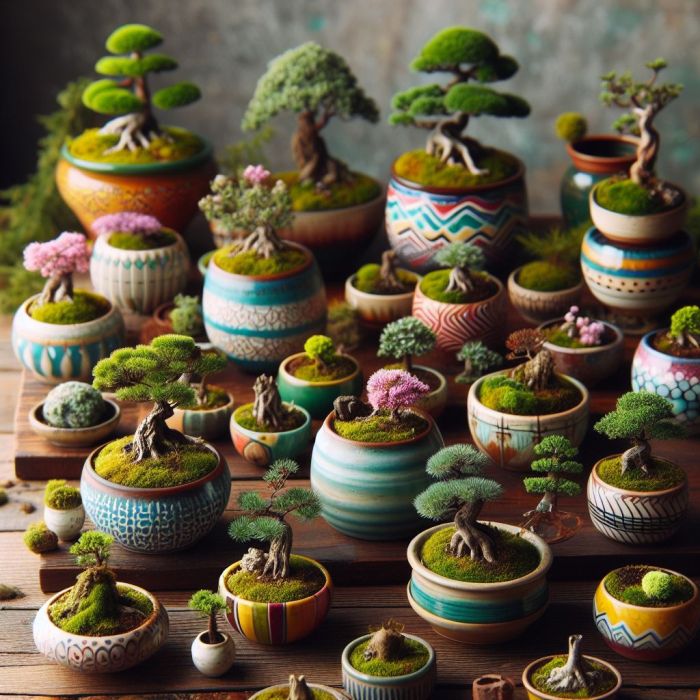
When it comes to indoor bonsai care indoors, the choice of pot is a fundamental decision that significantly influences their health and aesthetic appeal. The right pot not only complements your indoor space but also plays a vital role in providing the ideal environment for your bonsai to thrive.
- Selecting the Right Material:
Opt for pots made from breathable materials like ceramic or clay. These materials allow better aeration to the roots and assist in moisture regulation, crucial aspects in indoor bonsai care.
- Considering Size and Depth:
The size and depth of the pot are essential factors. A balanced pot size ensures proper root development and stability for your indoor bonsai. It’s crucial to avoid pots that are too large or too shallow, as they can impact the overall health of your tree.
- Drainage Hole:
Adequate drainage is paramount in indoor bonsai care. Look for pots with drainage holes to prevent waterlogging, a common issue in indoor environments. Good drainage promotes aeration, preventing root rot and other moisture-related problems.
- Matching Aesthetics:
Beyond functionality, consider the aesthetic harmony between the bonsai and its pot. The right pot can enhance the visual appeal of your indoor bonsai, turning it into a captivating centerpiece within your living space.
2- Selecting the Ideal Indoor Bonsai
When it comes to indoor bonsai care, choosing the right species is paramount, especially considering the temperature variations within indoor environments. While many bonsai varieties thrive outdoors, there are specific species well-suited for indoor cultivation, providing a touch of nature within the comfort of your home.
- Ficus Retusa (Retusa Bonsai):
Ideal for indoor settings, the Ficus Retusa, also known as the Retusa Bonsai, is a resilient choice. It tolerates lower light conditions and adapts well to the temperature fluctuations commonly found indoors. Its glossy leaves and forgiving nature make it a favorite among indoor bonsai enthusiasts.
- Zelkova Serrata (Japanese Elm):
The Japanese Elm, or Zelkova Serrata, is another excellent choice for indoor bonsai care. With its small, serrated leaves and a preference for moderate temperatures, it thrives in the controlled environment of your home. This species responds well to pruning, allowing you to shape it according to your aesthetic preferences.
- Crassula Ovata (Jade Bonsai):
For those seeking a succulent option, the Jade Bonsai, or Crassula Ovata, is a splendid choice. Known for its thick, fleshy leaves, it is well-suited for indoor environments. It thrives in well-lit areas and doesn’t demand extensive watering, making it a low-maintenance yet visually appealing indoor bonsai.
- Schefflera Arboricola (Dwarf Umbrella Tree):
The Dwarf Umbrella Tree, or Schefflera Arboricola, is a popular indoor bonsai with elegant, umbrella-like foliage. It adapts well to lower light conditions and is relatively forgiving, making it an excellent choice for beginners in the art of indoor bonsai care.
3- Crafting the Perfect Soil Mix
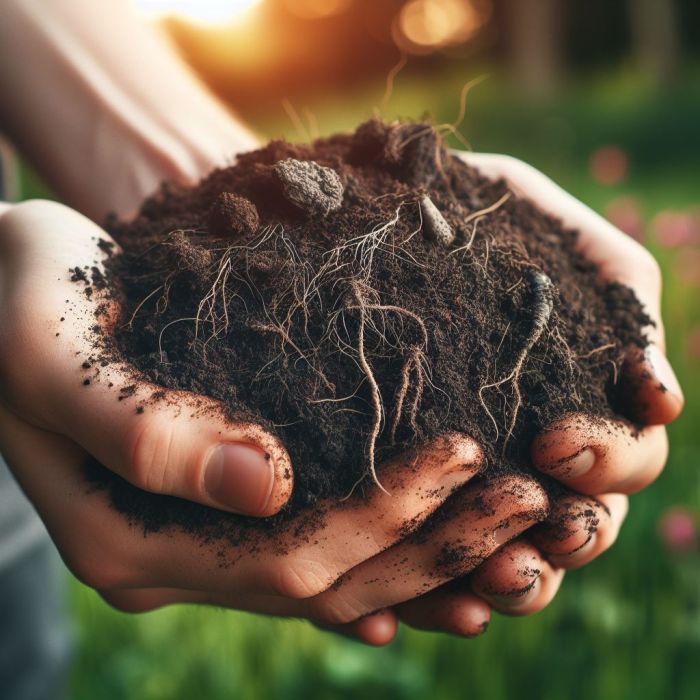
When it comes to indoor bonsai care, the soil mix plays a pivotal role in nurturing a healthy and vibrant miniature landscape. Creating an optimal soil environment is crucial for the well-being of your indoor bonsai, as it directly influences water retention, aeration, and nutrient availability.
The essential components include Akadama for efficient water retention, Lava Rock for soil structure, Pumice for nutrient absorption and root health, Fine Gravel for drainage, and Organic Potting Compost, with caution on its water retention properties. A recommended ratio is ½ Akadama, ¼ Pumice, and ¼ Lava Rock.
Careful consideration is advised when using organic mixes, with the inclusion of pine bark to counteract potential drainage issues.
4- Light Requirement For the indoor bonsai care
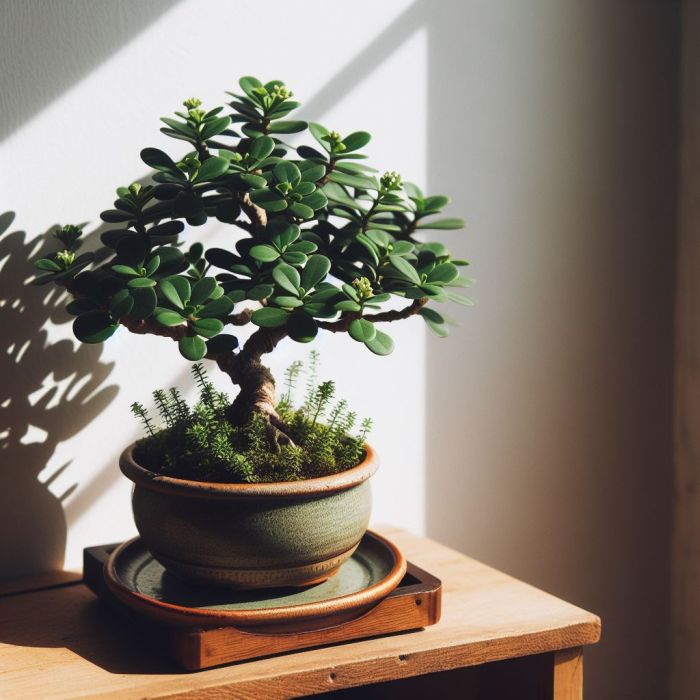
Taking care of indoor bonsai means giving them the sunlight they crave. These little trees, though tough, can get weak without enough light. To keep them strong and vibrant, place them close to a south-facing window.
If the sunlight from the south-facing window isn’t quite enough, consider using grow lights for about ten hours a day. This extra boost ensures your bonsai gets the light it needs, making a big difference in its well-being. It’s like giving your bonsai a sunbath, whether from the window or the artificial glow, ensuring it stays healthy and beautiful.
5- Watering Your Indoor Bonsai
We talking about indoor bonsai care which means getting the watering just right. Each type of bonsai has its own thirst level, and knowing how much water they need is the key to keeping them happy. Here’s an easy guide to watering indoor bonsai:
- Check the Soil:
Stick your finger about an inch into the soil. If it feels dry, it’s time to water. If it’s still a bit damp, hold off until the top layer dries out.
- Watering Tricks:
Give your bonsai a good soak, letting the water reach all the roots. Stop when you see water draining from the bottom of the pot, ensuring the entire root system gets a drink.
- Each Bonsai, Its Own Thirst:
Ficus Bonsai: Likes its soil consistently moist. Water when the top inch feels a bit dry.
Juniper Bonsai: Let it dry a bit between waterings, but don’t let it get too dry.
Jade Bonsai: Water sparingly and let the soil dry out between watering.
Japanese Elm Bonsai: Keep the soil consistently moist. Water when the top layer feels a bit dry.
Dwarf Umbrella Tree: Needs consistently moist soil. Avoid letting it completely dry out.
- Timing Matters:
Adjust how often you water based on the seasons. Winter indoor heating may mean less water, while the summer sun might call for a bit more. Keep an eye on your bonsai’s soil to know when it’s thirsty.
- Humidity Help:
Indoor air can be dry, so consider using a humidity tray or a humidifier to give your bonsai the moisture it likes.
- Emergency Rescue:
If you forget to water and your bonsai looks sad, dunk the entire pot in water until no more bubbles come up. That means the soil is fully soaked.
6- Feeding Your Indoor Bonsai
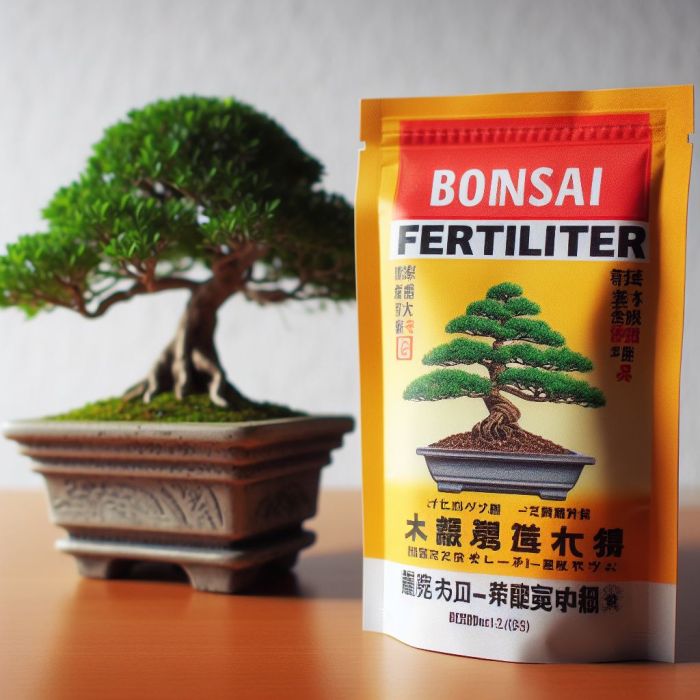
Keeping your indoor bonsai healthy and vibrant involves giving them the right nutrients. Here’s a simple guide to fertilizing different bonsai species:
- Pick the Right Fertilizer:
For indoor bonsai care choose a balanced, water-soluble bonsai fertilizer with a mix of Nitrogen, Phosphorus, and Potassium (NPK) suited for your bonsai’s needs.
- Fertilizing Routine:
During the growing season (spring and summer), apply a diluted fertilizer regularly. Cut back or stop in the dormant period (fall and winter). Follow the instructions for the right dilution.
For Ficus Bonsai, a balanced liquid fertilizer should be applied every 2-4 weeks, diluted to half the recommended strength.
Juniper Bonsai benefits from a slow-release, granular fertilizer with reduced nitrogen, sparingly applied in spring and summer to prevent excessive growth. Jade Bonsai prefers a balanced liquid fertilizer every 4-6 weeks, diluted to half strength, with a pause during dormancy.
Japanese Elm Bonsai thrives on a balanced, water-soluble fertilizer every 2-4 weeks during the growing season, also diluted to half strength. Lastly, Dwarf Umbrella Trees require a balanced, water-soluble fertilizer every 2-4 weeks in the growing season, with reduced frequency in fall and winter.
- Keep an Eye Out:
Watch for signs of nutrient issues. Adjust your fertilizing routine accordingly. Consider repotting with fresh soil every 2-3 years for a nutrient boost.
7- Repotting For the Indoor Bonsai Care
As your indoor bonsai tree flourishes and its roots extend, the need for repotting becomes essential in indoor bonsai care. Repotting provides a new lease on life, allowing the bonsai to access fresh nutrients and soil. It prevents the root system from becoming pot-bound, ensuring continued health and growth.
Typically, repotting is recommended every 2-3 years, enabling you to inspect the roots, trim them if necessary, and refresh the soil. This process not only fosters a vibrant and compact root system but also supports the overall well-being of your indoor bonsai, ensuring it remains a miniature marvel for years to come.
Regular repotting becomes a crucial element in the meticulous care of your indoor bonsai, contributing to its longevity and enduring beauty.
8- Pruning For the Indoor Bonsai Care
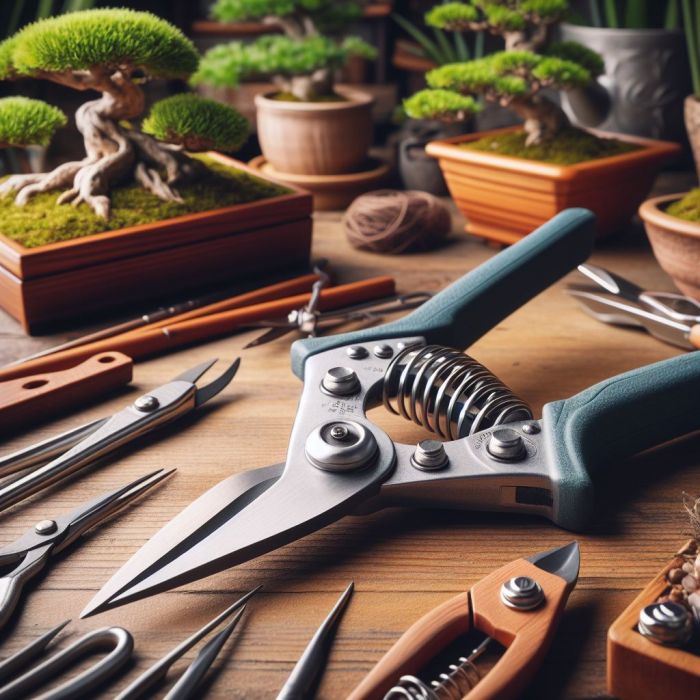
For proper indoor bonsai care, pruning takes center stage as an essential practice for shaping and maintaining their elegance. Pruning involves the selective removal of branches, leaves, or roots, contributing to the overall aesthetic balance and health of the bonsai.
For indoor varieties, where space is confined, strategic pruning becomes particularly vital to control size and shape. Regular maintenance pruning, performed throughout the year, helps keep the bonsai healthy by removing dead or damaged growth, while major structural pruning, best executed during the dormant season, shapes the overall form.
Armed with quality bonsai pruning tools, enthusiasts can carefully sculpt their miniature trees, fostering not only a beautiful appearance but also the continued well-being of these captivating indoor companions.
FAQs
1. Why is choosing the right pot essential for indoor bonsai care?
The right pot influences health and aesthetics, with breathable materials like ceramic aiding in aeration. Proper size, depth, and drainage holes ensure a balanced environment.
2. What are some recommended indoor bonsai species for beginners?
Ficus Retusa, Zelkova Serrata, Crassula Ovata, and Schefflera Arboricola are ideal for beginners, adapting well to indoor conditions.
3. How important is the soil mix for indoor bonsai care?
Crucial for water retention and nutrient availability, a mix of Akadama, Lava Rock, Pumice, Fine Gravel, and Organic Potting Compost in specific ratios promotes optimal health.
4. Why is light crucial for indoor bonsai care, and how can it be provided?
Light is vital for vitality. Placing near a south-facing window or using grow lights for 10 hours a day supplements light requirements.
5. How should watering be approached for indoor bonsai?
Check the soil regularly, watering when the top inch feels dry. Adjust frequency based on species, and seasons, and consider humidity trays or humidifiers.
6. What is the significance of fertilizing indoor bonsai, and how should it be done?
Fertilizing provides nutrients. Use a balanced, water-soluble fertilizer with NPK during the growing season. Adjust the frequency based on species.
7. Why is repotting necessary for indoor bonsai care?
Repotting prevents roots from becoming pot-bound, providing fresh nutrients and soil. Recommended every 2-3 years for inspection and maintenance.
8. How does pruning contribute to indoor bonsai care?
Pruning shapes and maintains elegance. Regular maintenance removes dead growth, while structural pruning during dormancy shapes overall form.
9. Why is caring for a bonsai tree indoors different from other houseplants?
Bonsai care is more precise, involving precise potting, attentive watering, and strategic pruning. Each species has unique needs, making it both challenging and rewarding. Regular, specialized care is crucial for health and visual appeal.
In conclusion, taking care of indoor bonsai trees is a special task. It’s not like regular gardening; it needs careful attention. Whether you’re just starting or you love bonsai, the key is to be precise in how you pot, water, and prune.
This guide covers the basics like choosing the right pot, picking suitable bonsai types, making the perfect soil mix, ensuring they get enough light, and learning how to water and fertilize properly.
It also highlights the importance of repotting and pruning, ensuring your indoor bonsai stays healthy and beautiful over time. It’s a simple, step-by-step approach that guarantees a good experience for everyone, whether you’re new to bonsai or have been doing it for a while.

